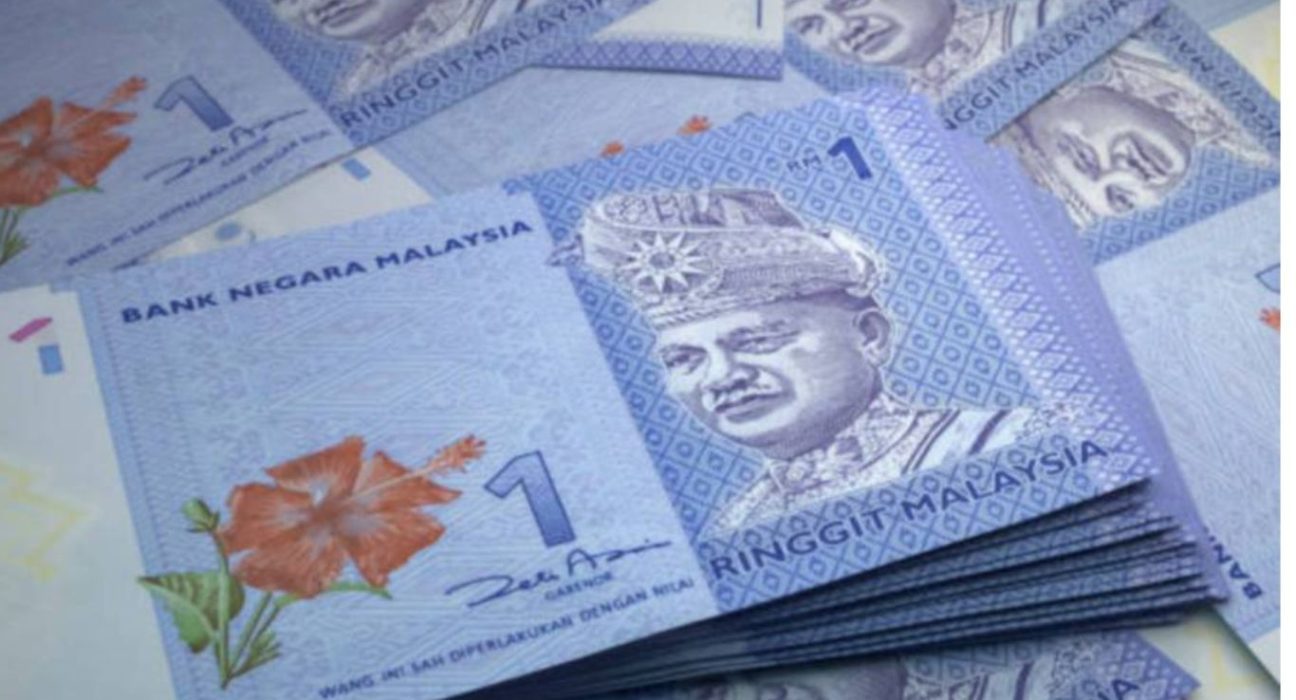Introduction
H2: The Malaysian Ringgit Faces Substantial Loss, Bucking Southeast Asian Currency Trends
The Malaysian ringgit, the official currency of Malaysia, recently experienced a significant decline against other Southeast Asian currencies, recording the largest drop of 0.6%. This unexpected downturn has raised concerns among economists and market analysts. In this article, we will delve into the reasons behind this sudden fall and its potential consequences for Malaysia’s economy and the region as a whole.
Market Analysis
To comprehend the magnitude of the Malaysian ringgit’s decline, it is crucial to examine the broader currency trends across Southeast Asia. Prior to this decline, several currencies in the region had been performing relatively well. The Thai baht, for instance, had been gaining ground steadily, while the Singapore dollar and Indonesian rupiah were holding steady. Against this backdrop, the unexpected setback faced by the Malaysian ringgit warrants a closer examination.
Factors Influencing the Malaysian Ringgit’s Decline
Several factors have contributed to the 0.6% loss experienced by the Malaysian ringgit. Firstly, the lingering impact of the COVID-19 pandemic has played a significant role. As Malaysia grapples with ongoing lockdowns and economic restrictions, investor sentiment has weakened, leading to a reduction in demand for the ringgit. Additionally, uncertainties surrounding global economic recovery have dampened market confidence, making investors hesitant to engage in currency trades involving the ringgit.
Another contributing factor is the declining oil prices. Malaysia, being a major exporter of oil, heavily relies on petroleum-related revenues. The recent slump in oil prices has adversely affected the country’s fiscal position and subsequently weighed on the value of the ringgit. Furthermore, geopolitical tensions, particularly trade disputes between major economies, have introduced an element of volatility to currency markets, including the Malaysian ringgit.
Implications for Malaysia’s Economy
The declining value of the Malaysian ringgit could have wide-ranging implications for the country’s economy. Firstly, it may lead to an increase in imported inflation, as the cost of imported goods becomes higher. This could exert additional pressure on consumers, who are already grappling with the economic fallout of the pandemic. Furthermore, a weakened currency may impact Malaysia’s competitiveness in export markets, potentially hampering the country’s export-oriented industries.
The tourism sector, a significant contributor to Malaysia’s GDP, may also face challenges as a result of the ringgit’s decline. With a weakened currency, traveling to Malaysia may become costlier for international tourists, potentially deterring them from visiting the country. This could result in a decline in tourist arrivals and a subsequent decrease in tourism-related revenue.
Mitigating Measures and Future Outlook
To mitigate the impact of the ringgit’s decline, Malaysian policymakers may consider implementing measures such as monetary policy adjustments or economic stimulus packages. These actions could help stabilize the currency and boost investor confidence in the economy. Additionally, diversifying Malaysia’s export markets and reducing reliance on specific sectors, such as oil, could enhance the country’s resilience to external shocks.
Looking ahead, the future trajectory of the Malaysian ringgit will depend on various factors, including the pace of economic recovery both domestically and globally. If the Malaysian government successfully implements measures
to revive the economy and restore market confidence, the ringgit could regain its strength over time. However, ongoing uncertainties surrounding the pandemic and geopolitical dynamics make it challenging to predict the currency’s immediate future with certainty.
Conclusion
In summary, the Malaysian ringgit has experienced a substantial decline of 0.6% against other Southeast Asian currencies, marking the largest drop in the region. Factors such as the lingering impact of the COVID-19 pandemic, declining oil prices, and geopolitical tensions have all contributed to this setback. The implications for Malaysia’s economy include potential imported inflation, reduced competitiveness in export markets, and challenges in the tourism sector. Nevertheless, with targeted measures and a favorable economic outlook, the Malaysian ringgit has the potential to recover its strength in the future.










